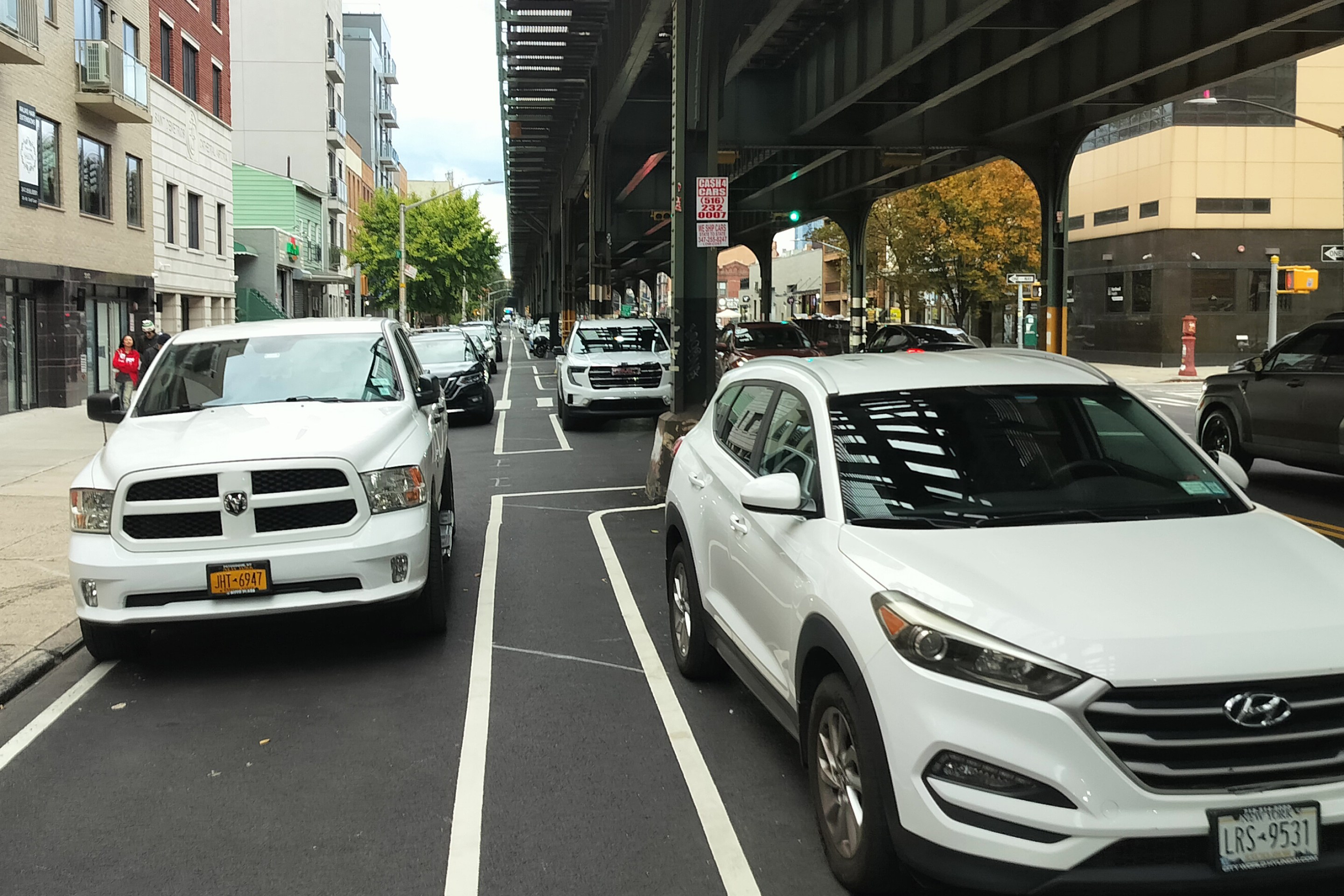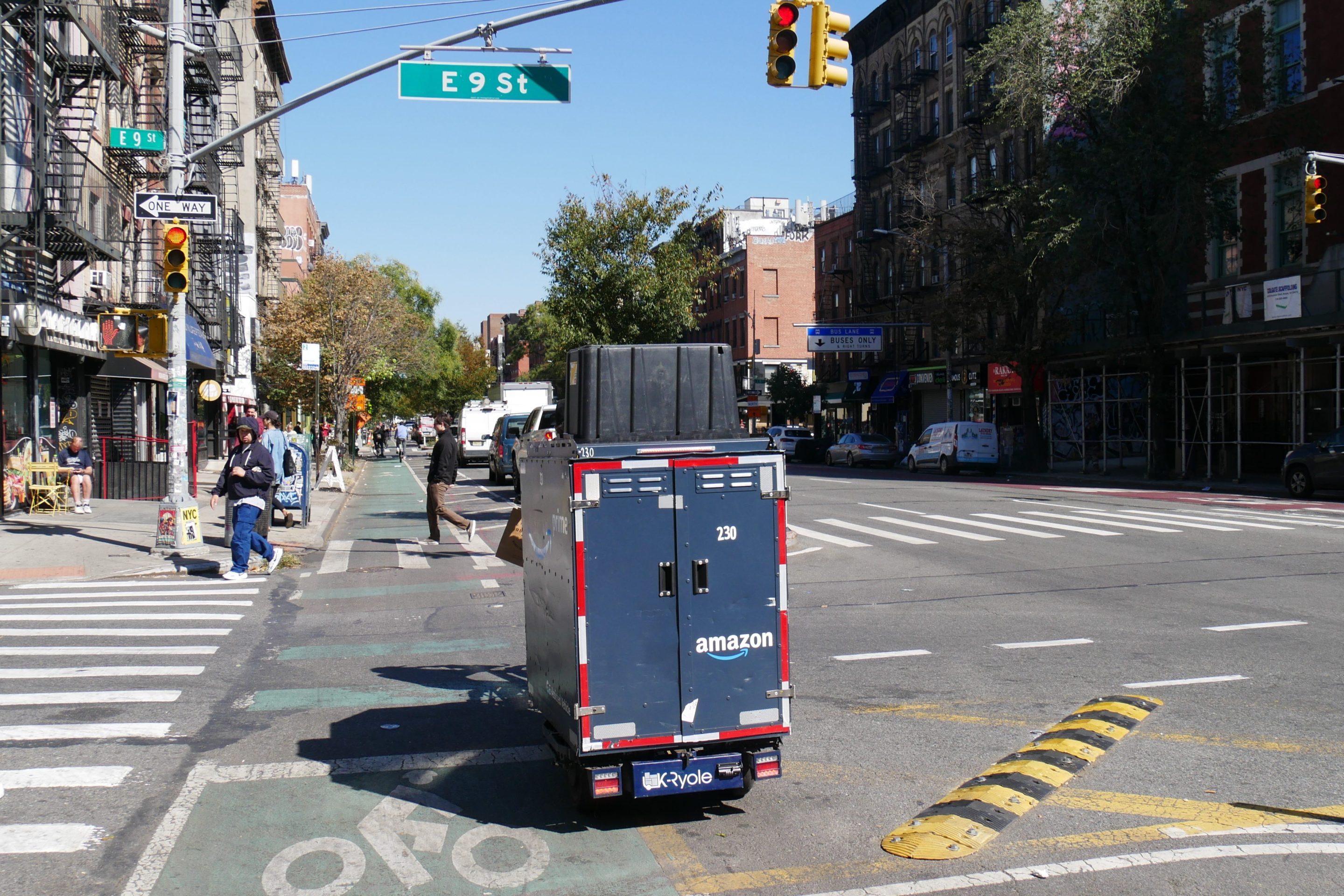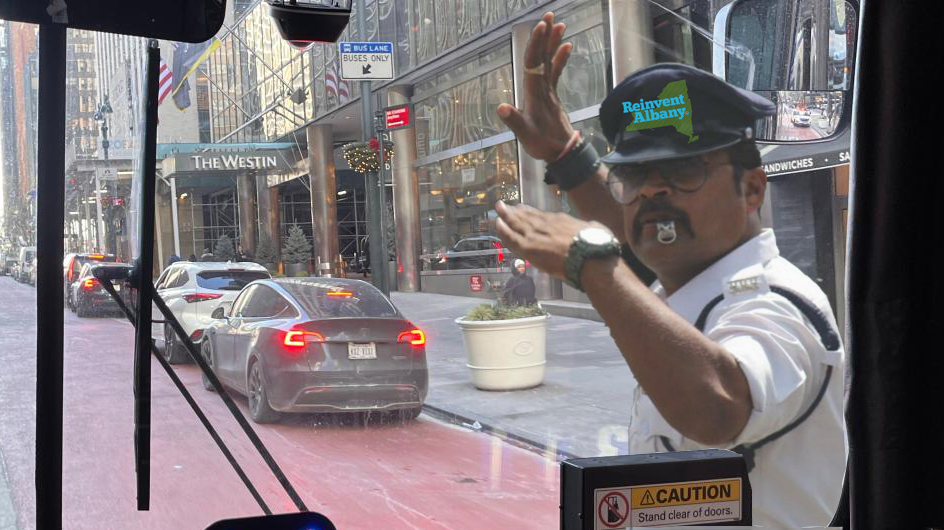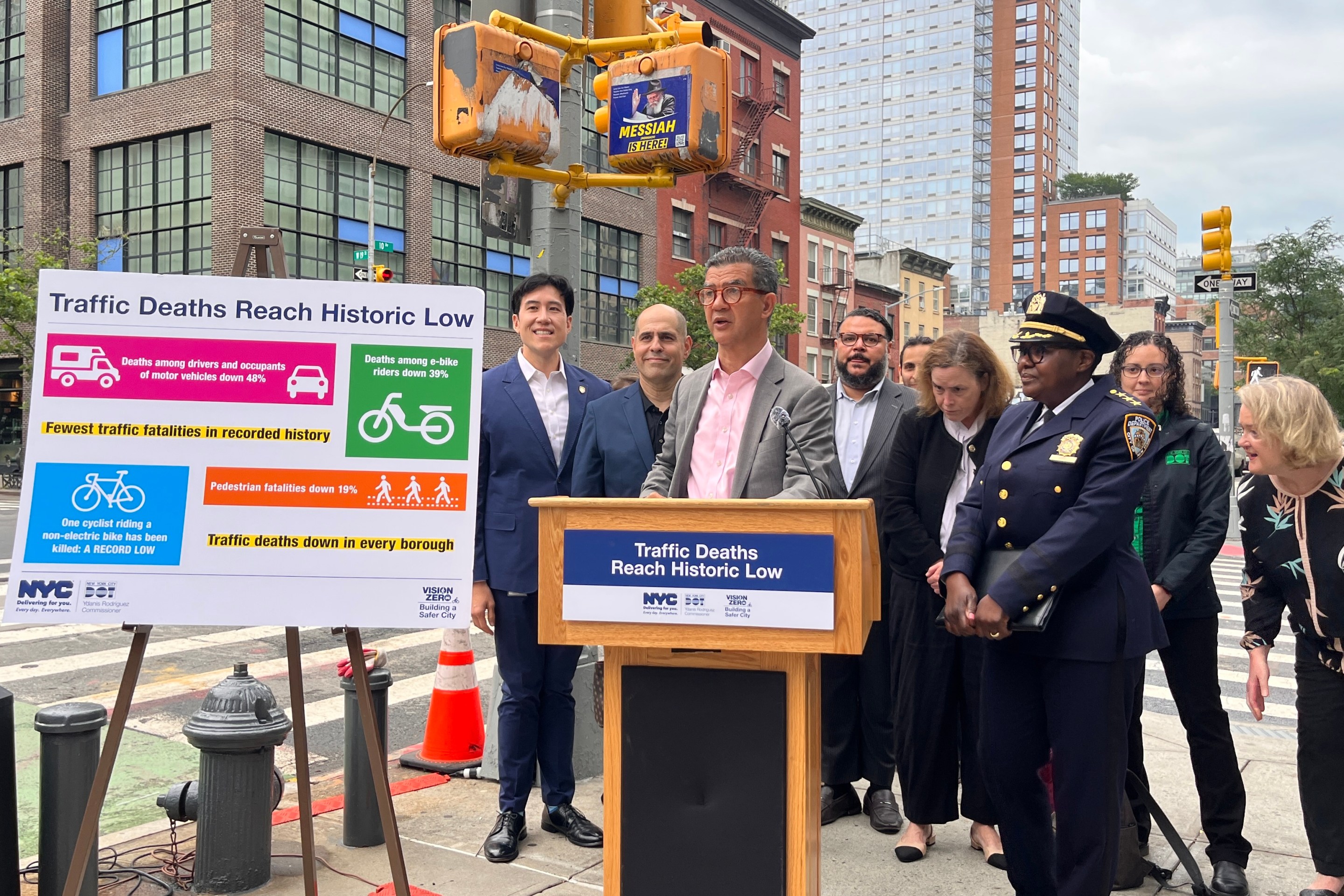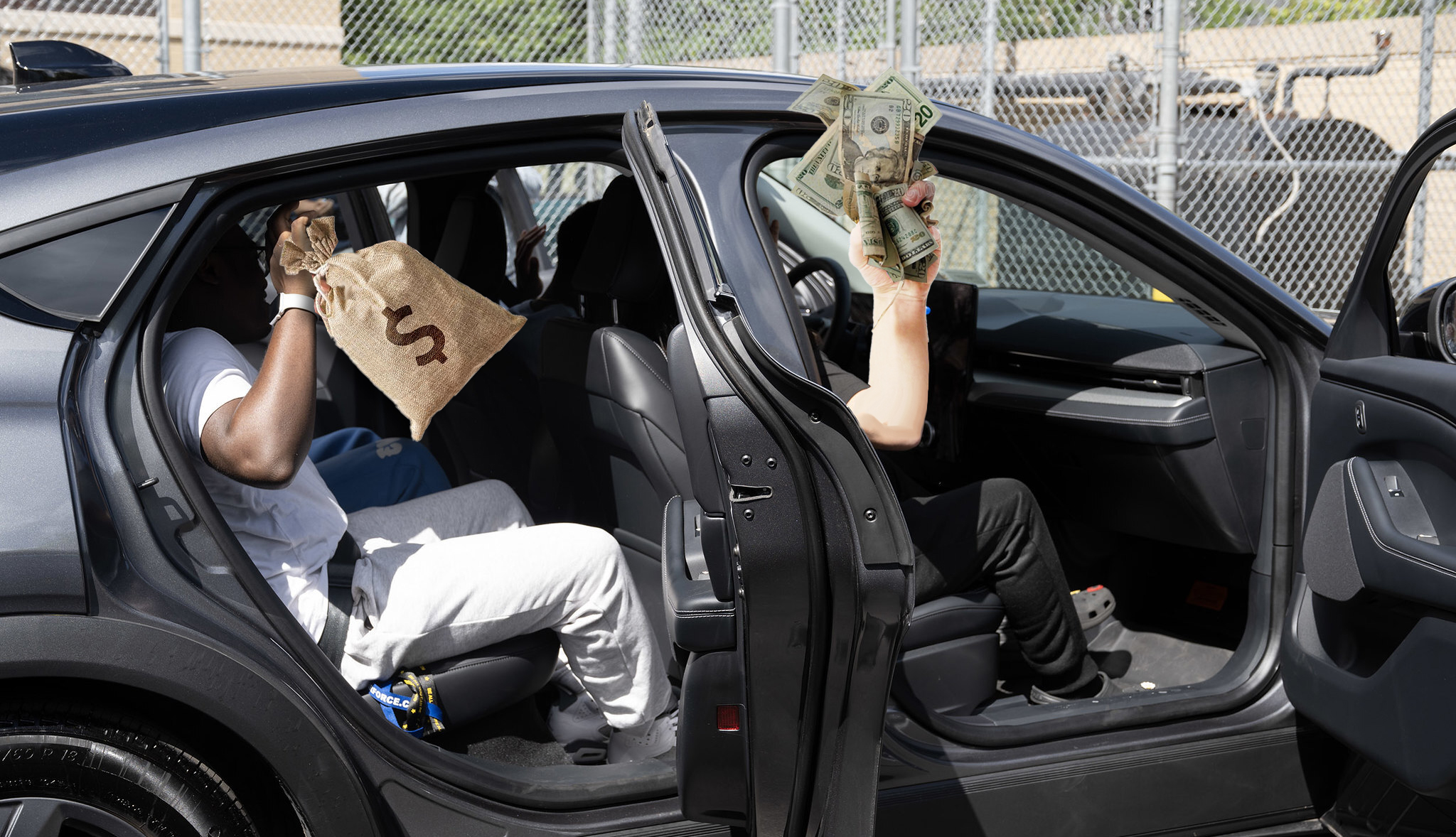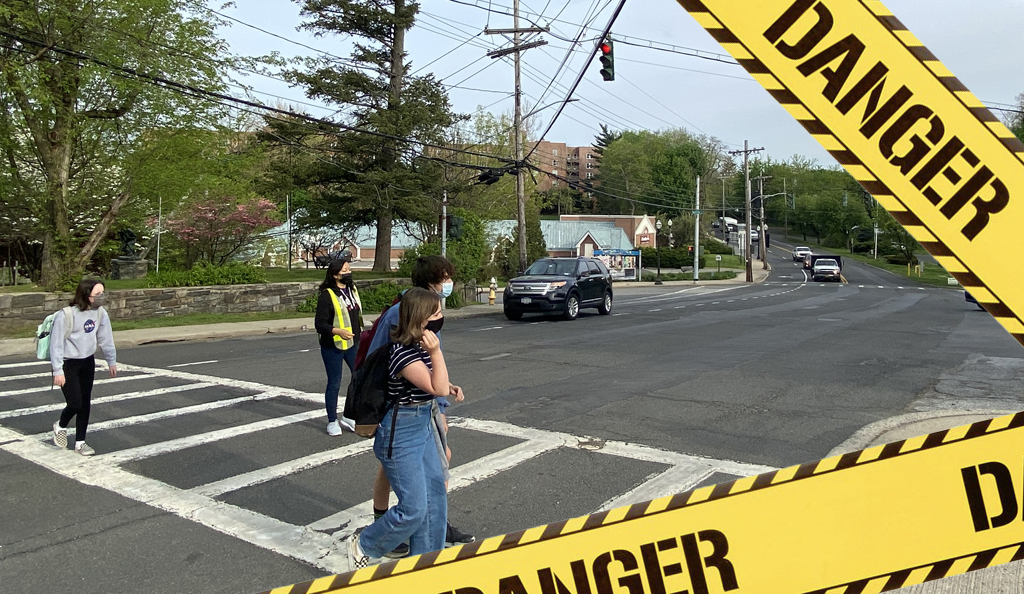The city has authorized just 600 restaurants or bars to set up curbside when roadway outdoor dining resumes April 1 — an as much as 81 percent drop from the height of the pandemic-era program — thanks to new rules pushed by Council Speaker and mayoral candidate Adrienne Adams.
Thousands of "streeteries" still lined Big Apple curbs as recently as last summer — before legislation passed by the City Council and mayor prohibited curbside setups from December through March, discouraging merchants from setting up in the street at all and surrendering the space back to private car storage.
"Feels safe to say at this stage that the program as it's currently designed is a failure," said Sara Lind, the Co-executive Director of the advocacy group Open Plans, which shares a parent organization with Streetsblog.
"We need a reformed program that encourages businesses of all sizes and types to participate or we’re going to lose forever the one silver lining of the pandemic years."
Some 800 additional roadway dining applications are still in the pipeline, according to DOT, which runs the city's new "Dining Out NYC" program. The agency has also approved 2,000 sidewalk cafés, which can operate year-round.
DOT officials estimated as many as 8,000 restaurants had outdoor dining in the roadway or on the sidewalk under the Covid-era outdoor dining program. Launched in 2020, the program suspended many of the city's former sidewalk café licensing restrictions and included a roadway option for the first time ever. By spring of 2021, some 5,700 restaurants and bars had repurposed 8,500 former parking spots for outdoor eating and drinking.
The city still had as many as 5,000 outdoor dining structures remaining as of last August when restaurants had to apply to participate in the new program, according to DOT.
Restaurateurs blamed the four-month moratorium and the new complicated and costly process for the decline in outdoor setups. During the pandemic-era program, owners could simply fill out a form online and start serving food and drinks outside. DOT inspectors would come later to check on their structures.
The new law, passed by the Council and signed by Mayor Adams in 2023, banned winter roadway dining, added yearly fees for every roadway café license and required a public hearing for each curbside setup.
"The idea of taking the street dining down every year, it was just a bad idea," said Rob Sanfiz, Executive Director of La Nacional, a Spanish restaurant that once had an elaborate roadway setup on 14th Street. "Inevitably what will happen is that the restaurants that can afford them will have them, and the smaller ones will have more struggle."
The city denied La Nacional's application for a roadway structure because the curb lane outside the building is a "No Standing" zone overnight, Sanfiz said —even though DOT allowed him to use it during the pandemic, given the restaurant was closed during the hours that parking would have been restricted.
At the same time, the new rules effectively required Sanfiz to get another liquor license from the state for his sidewalk seating, which cost him $2,500.
"Why exactly is this [required] for four tables within 2 feet of our building," he said.
Similarly, Boogie Down Grind in Hunts Point once boasted an award-winning roadside structure. Owner Majora Carter lamented the stricter rules, though she said she hopes to reapply for outdoor dining for this summer.
"The process was incredibly easy and free during the pandemic — it’s neither one of those things now," said Carter.
The 2023 Council legislation also created several ways for local Council members and unelected community boards to delay or kill sidewalk and roadway cafés. Those groups have already flexed those powers by making business owners sit through hours-long meetings, and triggering votes by the full 51-member Council to deny sidewalk permits.
The bill's negotiations happened almost entirely behind closed doors, but Speaker Adams revealingly said the year before passage that "outdoor dining, in my perspective, should be sidewalk," adding that the "street extensions ... were designed to be temporary." Adams entered the race for mayor last week.
Mayor Adams (no relation) also signed onto the law, although he had insisted the program move to DOT from the Department of Consumer and Worker Protection, which managed the much more limited pre-Covid program.
Open Plans organized a guerilla streetery last week to showcase the organic demand for roadside seating in March despite the new seasonal restrictions.
"The city needs to take a good hard look at these numbers and go back to the drawing board to building a curbside dining program that businesses can, and want to, participate in," said Lind. "The problems are pretty obvious once you start talking to owners: seasonal restrictions, hidden fees, onerous application processes."
Only about 40 applications managed to get through DOT's application process, Comptroller and mayoral candidate Brad Lander warned last month.
DOT then tried to fast-track 800 of the 1,400 total roadway applications with "conditional approvals" — it's not clear why only 600 of them made it through that part of the process.
A Council spokesperson blamed DOT’s “process” for the low uptake — while insisting that lawmakers and City Hall came up with the seasonal restriction “collaboratively.”
“The mayoral administration and Council worked on a permanent program that exists under law. We’ve heard complaints from restaurants about DOT’s process to participate in the program and will be holding a hearing on it next month,” said Mara Davis in a statement. “As we’ve repeatedly said, comparing a permanent outdoor dining program within the confines of laws to one that exists under a state of emergency outside the law is disingenuous and inaccurate.”
The new program also has more than twice the amount of participating restaurants compared to the pre-Covid program, Davis noted.
Editor's note: An earlier version of this story referred to the decline in roadway outdoor dining set-ups as a 90 percent drop from pandemic-era heights, based on DOT statements at the time that 5,700 restaurants received permits to set up on the curb. In fact, according to DOT, outdoor dining participation peaked at between 6,000 and 8,000 participating businesses — of which around 40 percent set up in the roadway.

